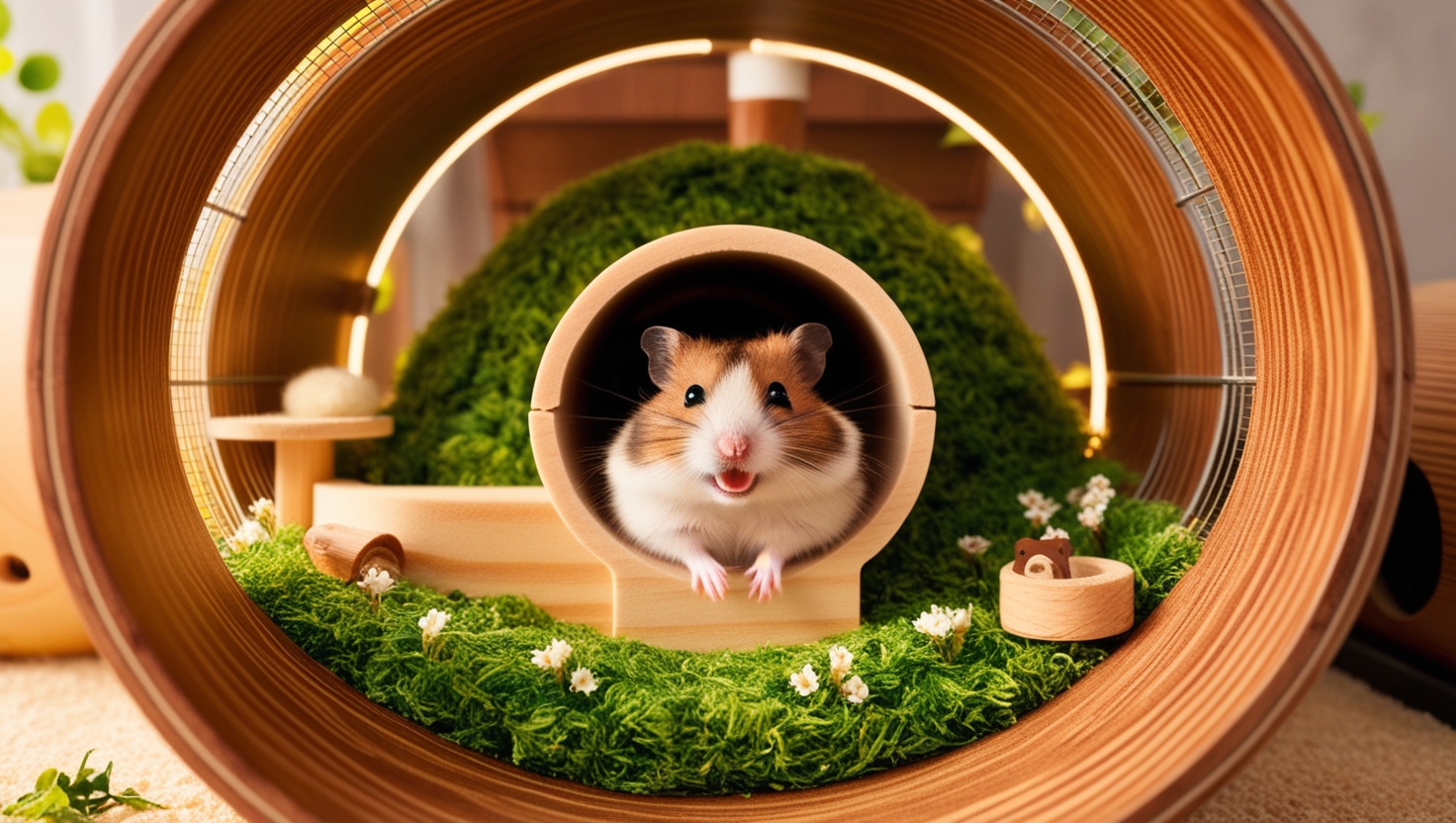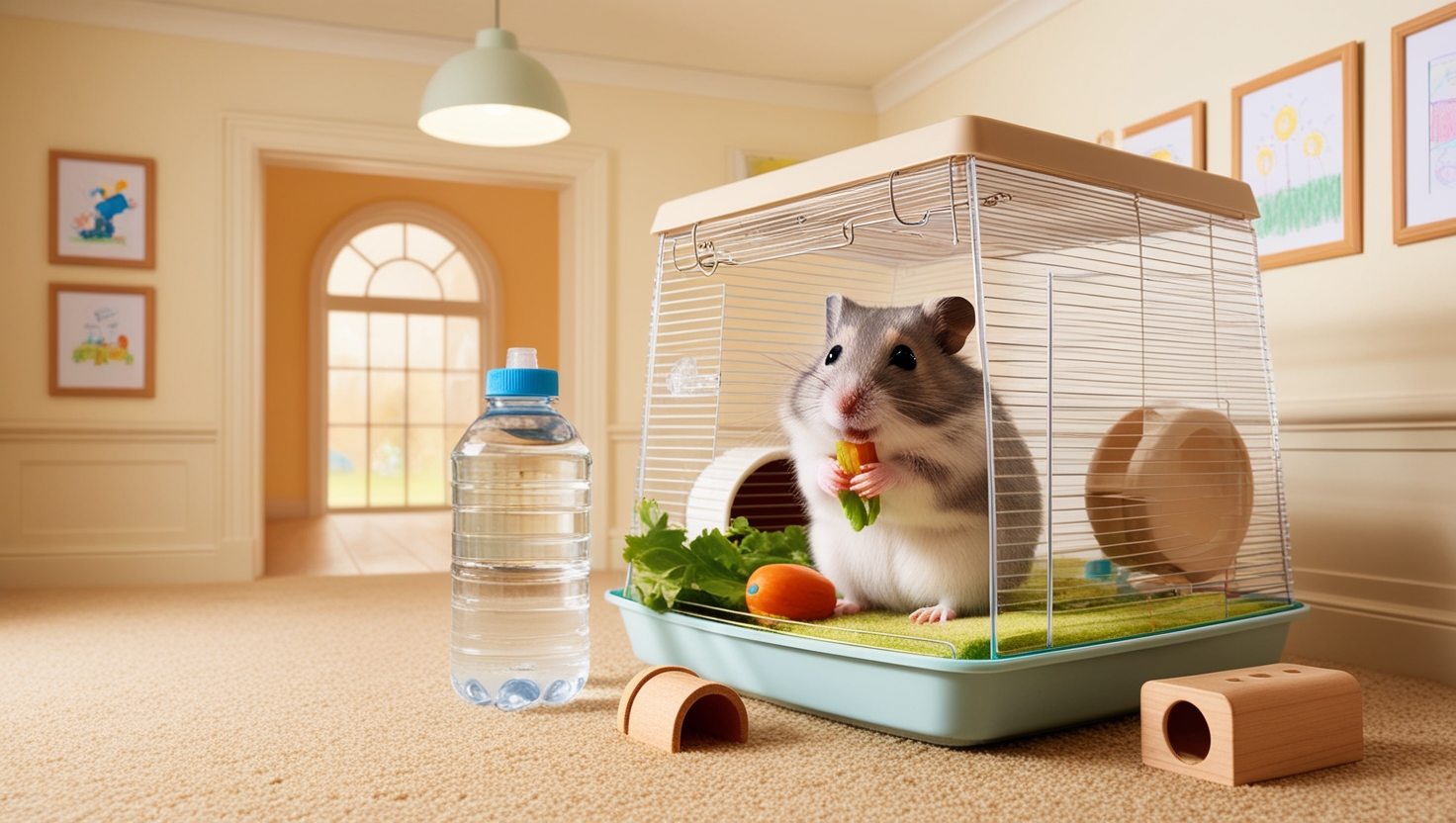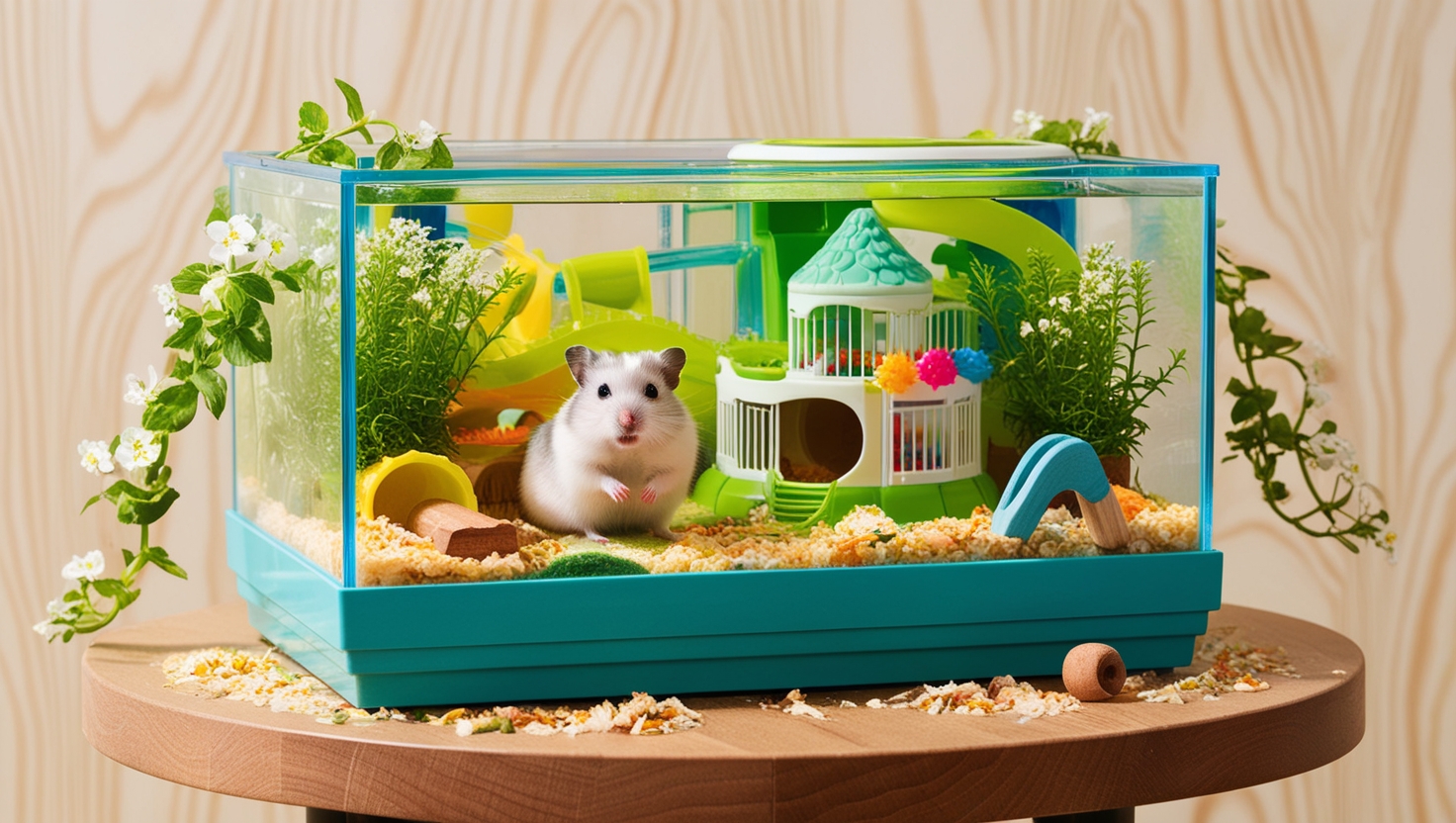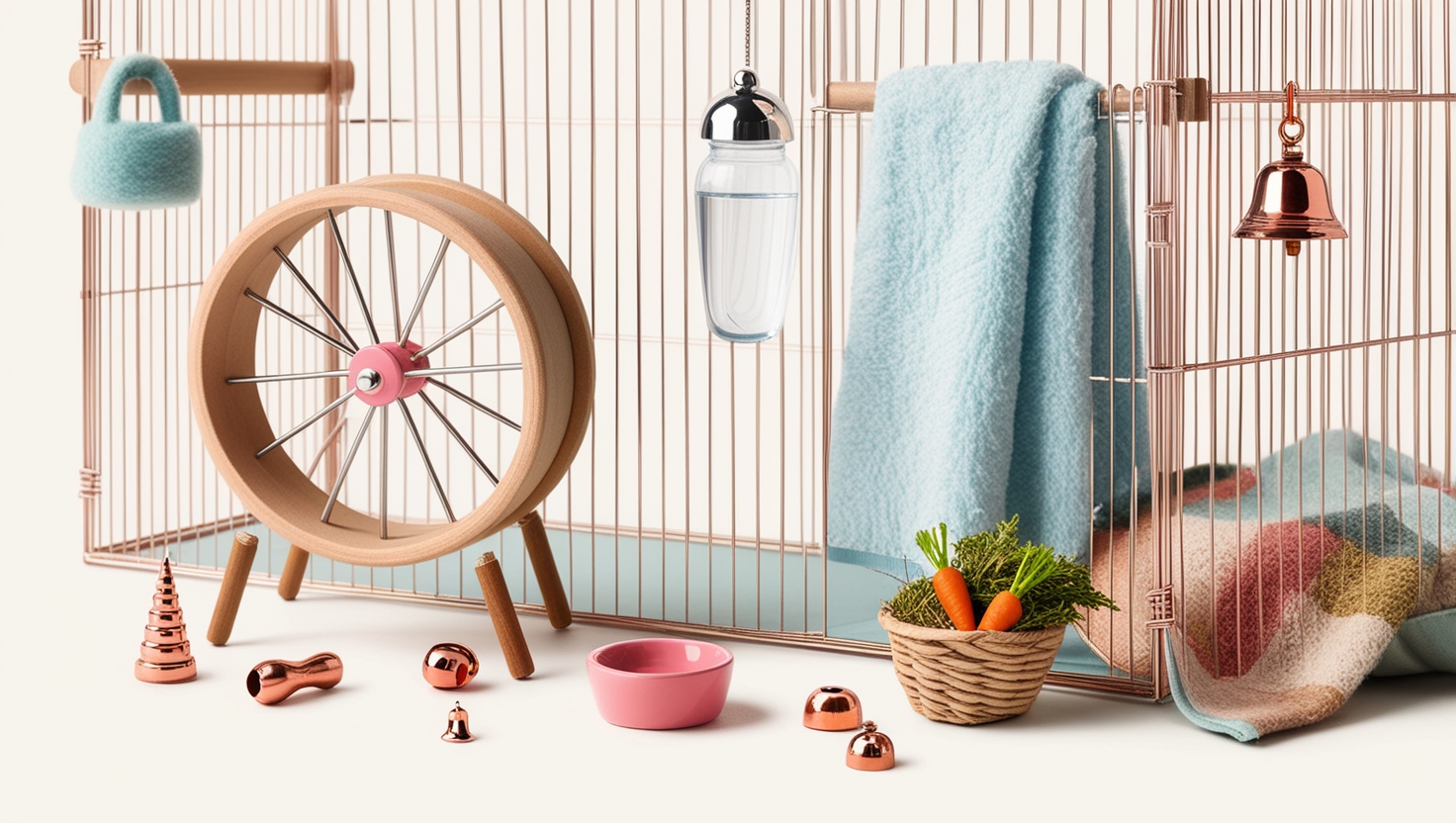So, you’re thinking about welcoming a hamster into your home? That’s fantastic! These little fluffballs bring so much joy, and providing them with a comfortable and enriching environment is essential. One of the most common questions I get asked as an experienced hamster parent and advocate for natural setups is, “How do you clean a large, natural hamster cage?” It might seem daunting, but trust me, it’s much simpler than you think!
The Beauty of Natural Hamster Cages: Less Cleaning, More Fun!
You might be surprised to learn that bigger is indeed better when it comes to hamster cages, especially when it comes to cleaning. A spacious cage with deep bedding, like my 8ft x 2ft x 2ft enclosure, actually requires less frequent full cleanings compared to smaller, store-bought cages. This is because the deep bedding allows for natural waste breakdown, creating a healthier environment for your hamster.
Spot Cleaning: Your Secret Weapon for a Happy Hamster
In a large, natural setup, regular spot cleaning is often all you need. This involves removing soiled bedding and replacing it with fresh substrate, as well as cleaning sand baths. Think of it as tidying up your hamster’s home rather than a complete overhaul. This minimizes stress for your furry friend and keeps their environment fresh.
The Stress Factor: Why Full Cage Cleans Can Be Harmful
Believe it or not, frequent full cage cleans can be stressful for hamsters. Imagine having your entire house rearranged and cleaned from top to bottom – disorienting, right? Hamsters rely heavily on scent, and a full cage clean disrupts their familiar environment, leading to anxiety.
A study by Professor Gattermann even showed that full cage cleans caused a significant spike in hamsters’ heart rates, similar to the stress they experience in group housing. Therefore, it’s best to avoid full cage cleans unless absolutely necessary.
Creating a Low-Stress Cleaning Routine
To ensure your hamster’s well-being, follow these cleaning tips:
- Spot Clean Regularly: Aim for 1-2 times a week, removing soiled bedding and refreshing sand baths.
- Partial Bedding Changes (If Needed): In smaller cages, consider changing 1/3-1/4 of the bedding every 6-8 weeks. Use your judgment and observe your hamster’s habits.
- Dedicated Toilet Corners: Place ceramic corner bowls filled with chinchilla sand or paper-pellet litter. Hamsters often choose corners as their bathroom, making cleaning a breeze.
- Minimize Disruptions: When cleaning, try to keep your hamster’s main hide, water source, and wheel in the same location to minimize stress.
Beyond Cleaning: Enrichment and a Happy Hamster
Remember, a happy hamster needs more than just a clean cage. Provide ample enrichment with:
- Deep Bedding: Allows for natural burrowing and foraging behaviors.
- Variety of Chews: Satisfies their instinct to gnaw and keeps their teeth healthy.
- Play Pens: Offer a safe space for exploration and exercise outside their enclosure.
By following these tips and prioritizing your hamster’s well-being, you’ll create a clean, enriching, and stress-free environment where they can thrive.
What are your thoughts on natural hamster cages? Share your experiences and questions in the comments below! Don’t forget to check out our other blog posts for more hamster care tips and advice.







